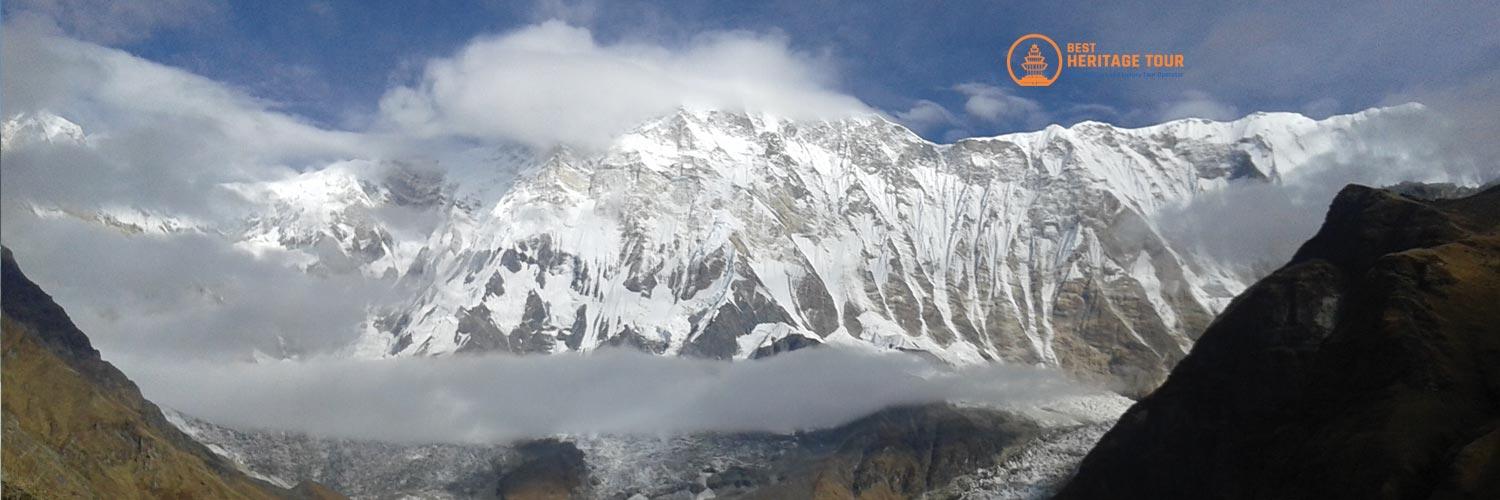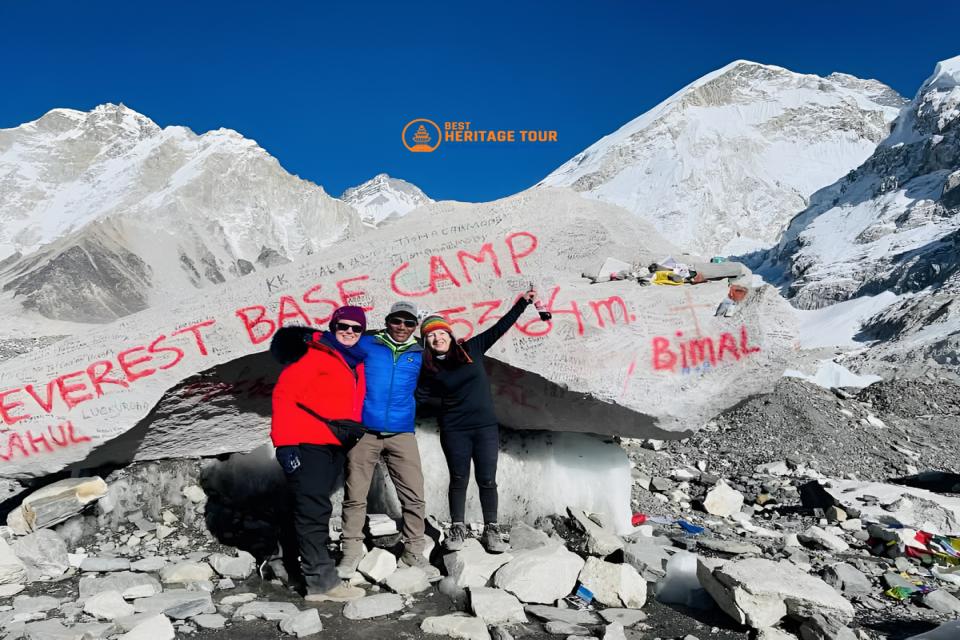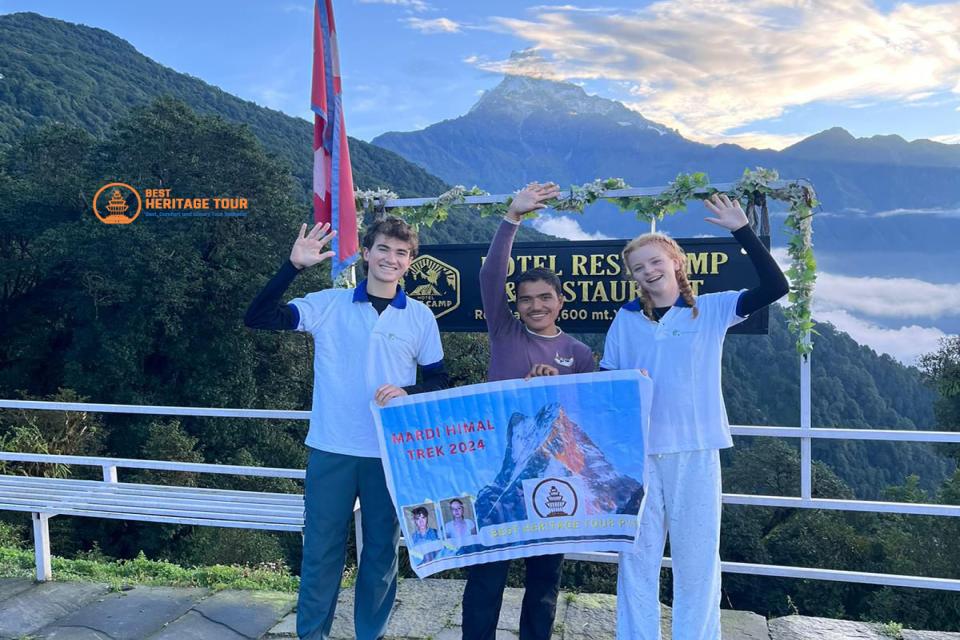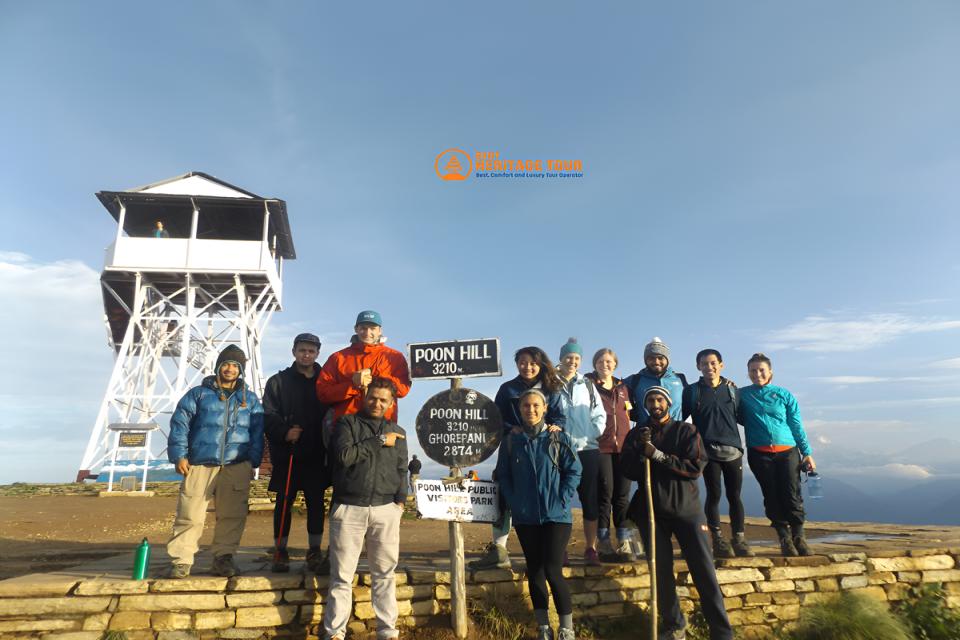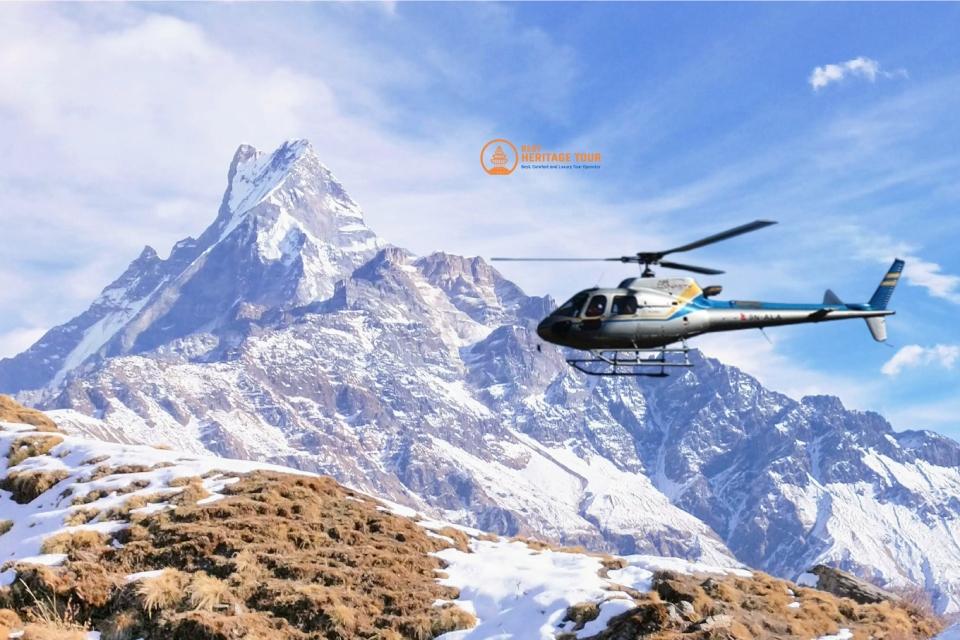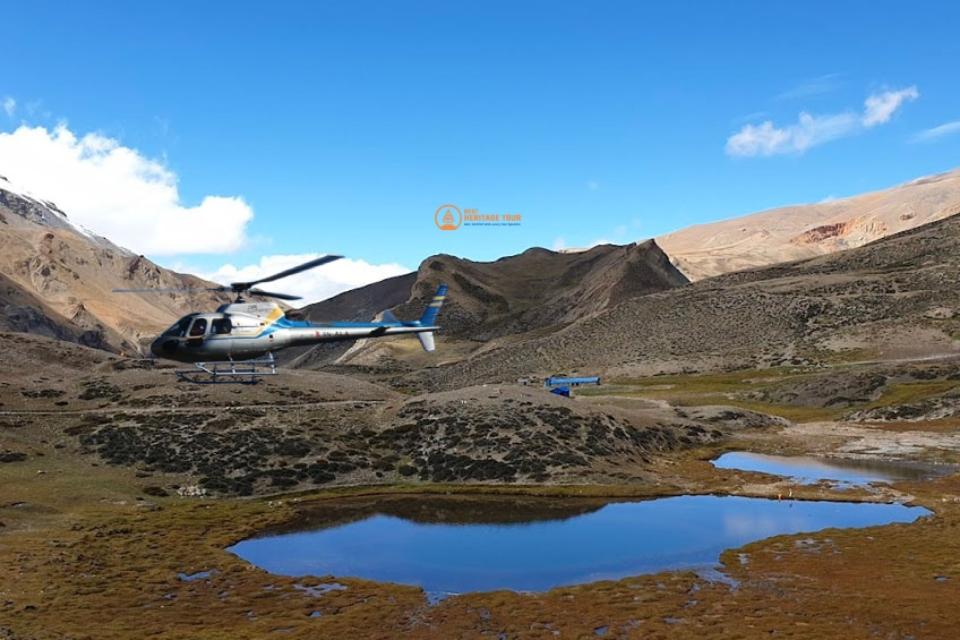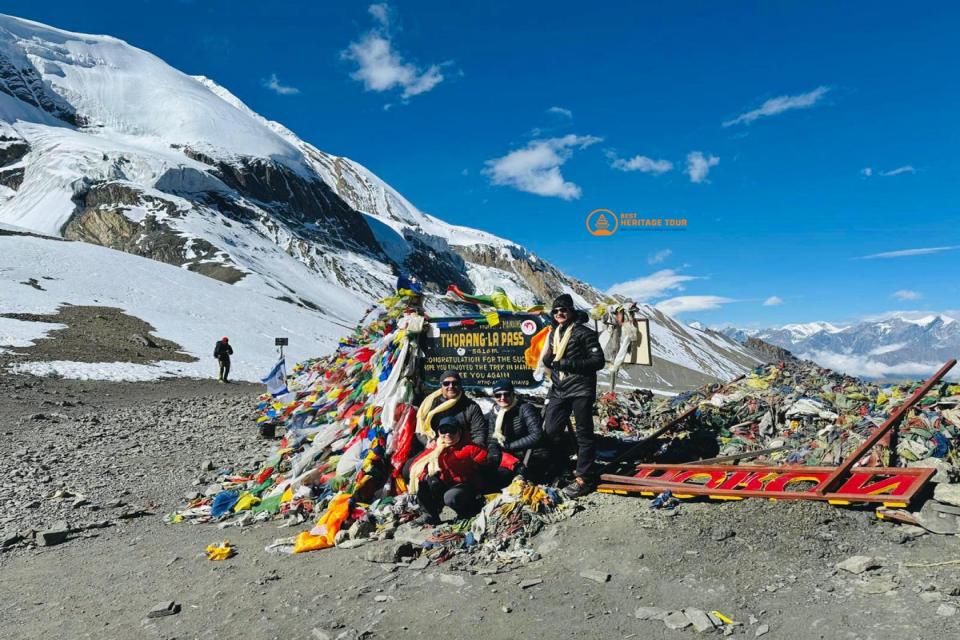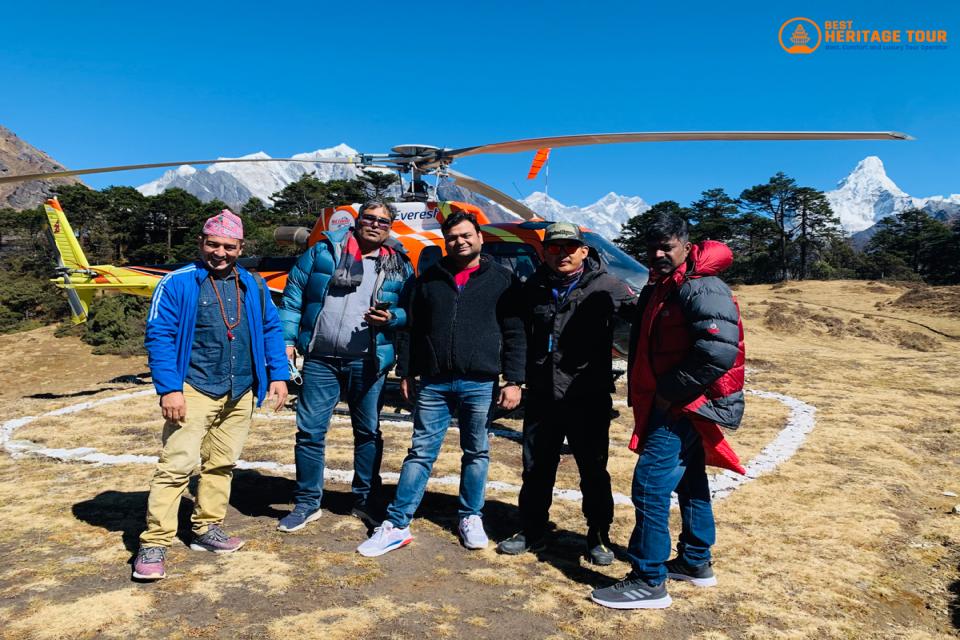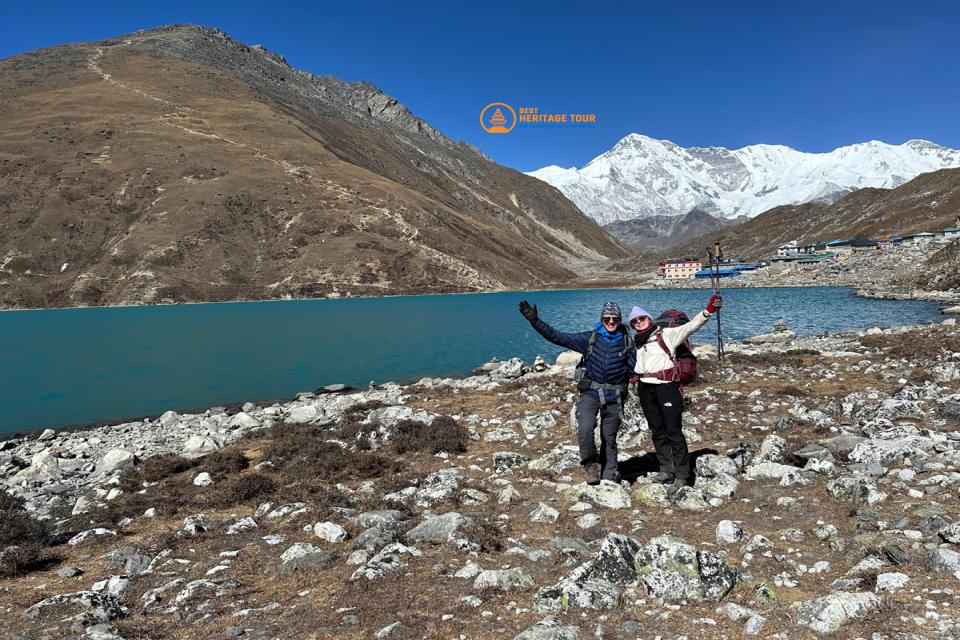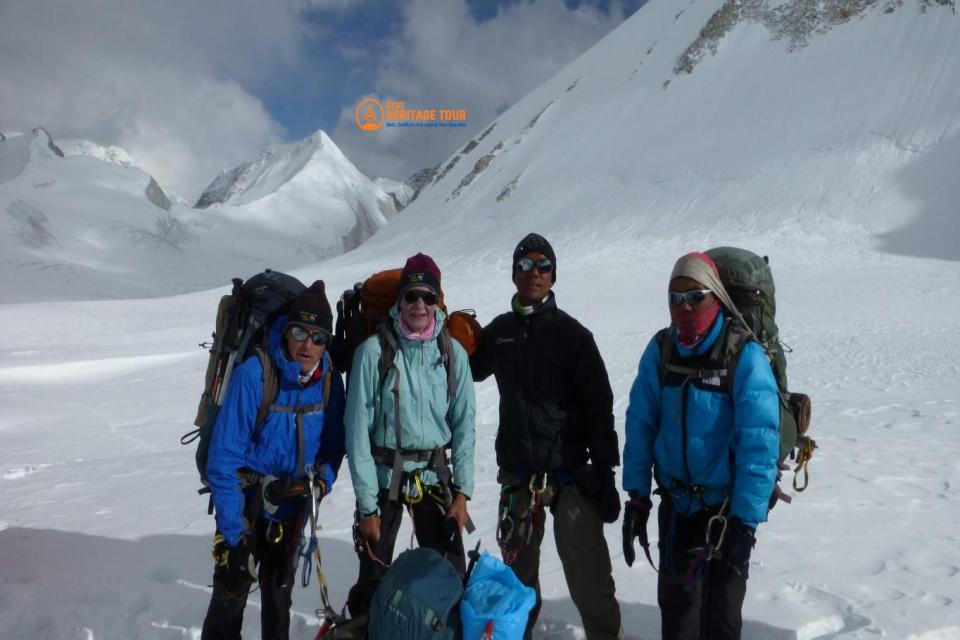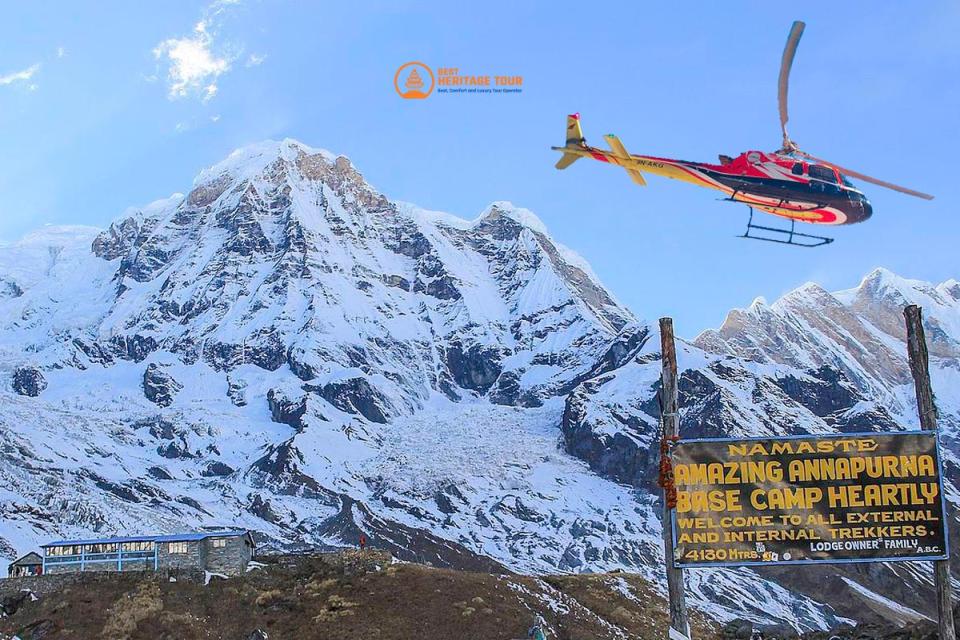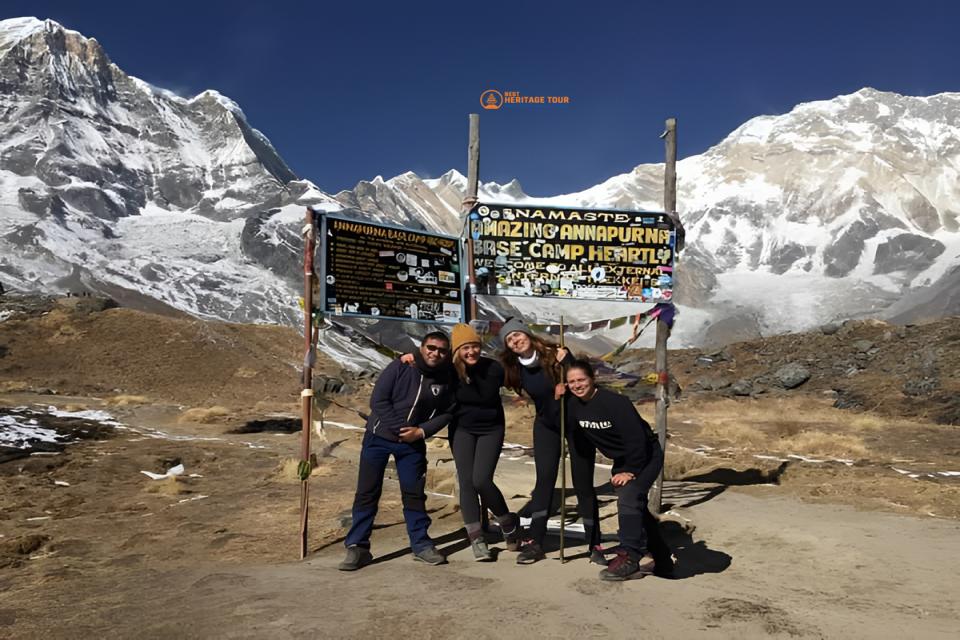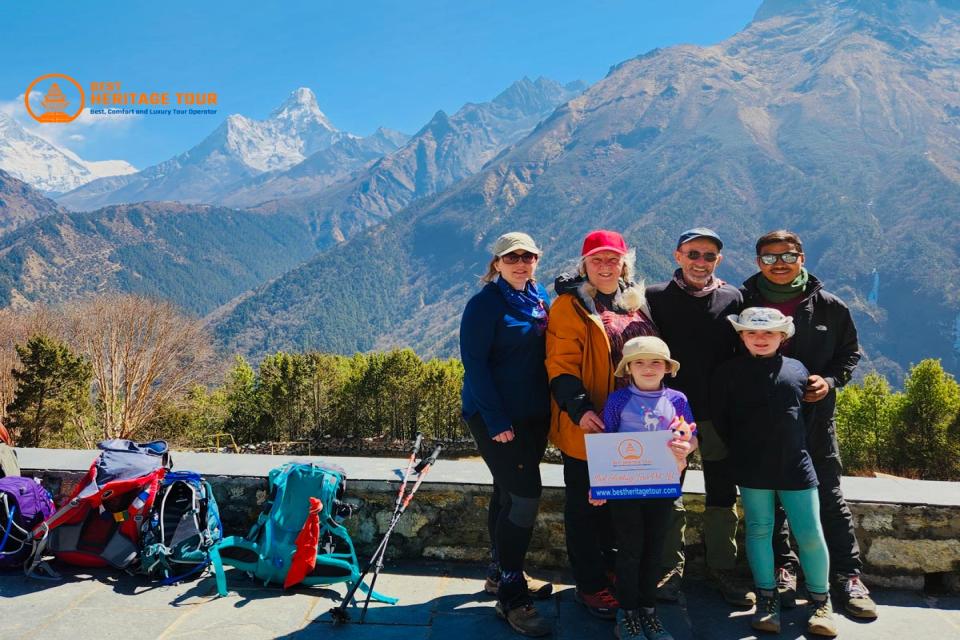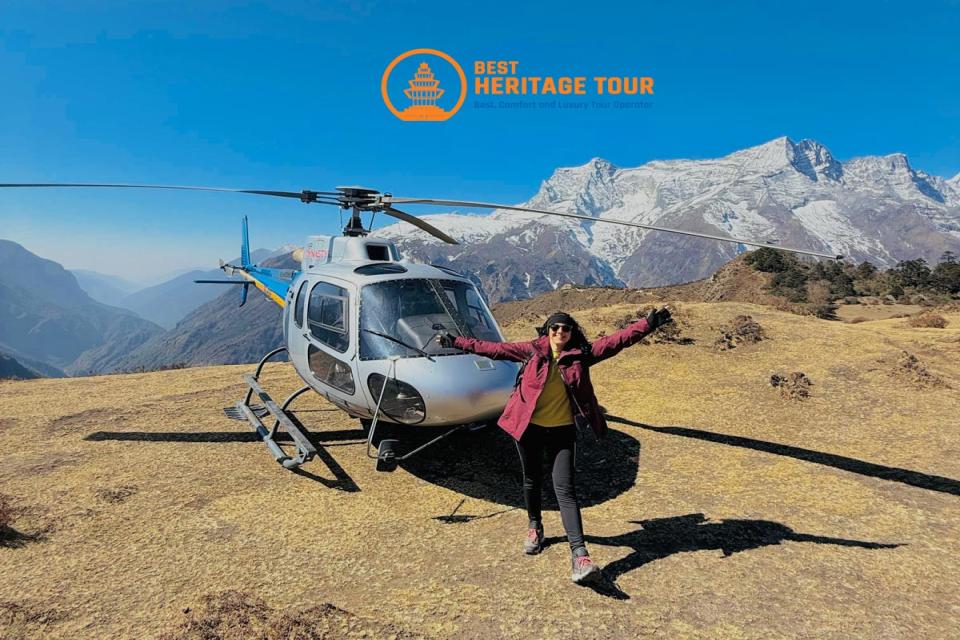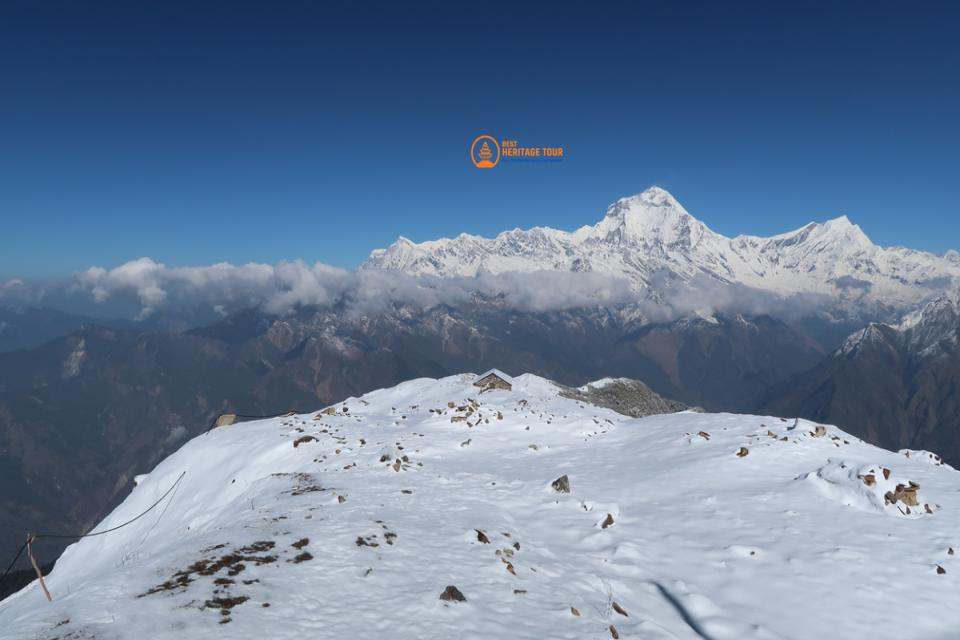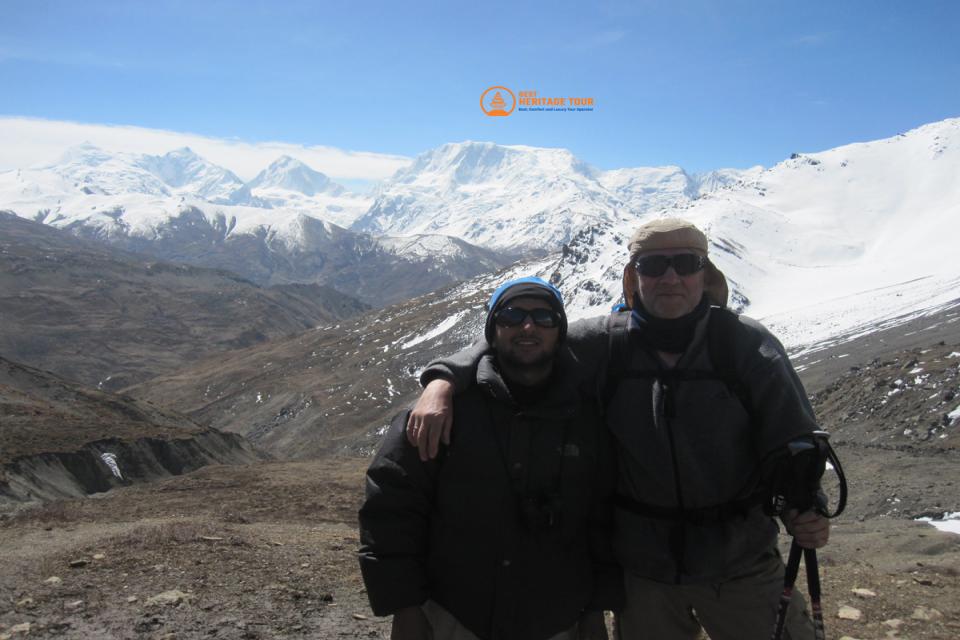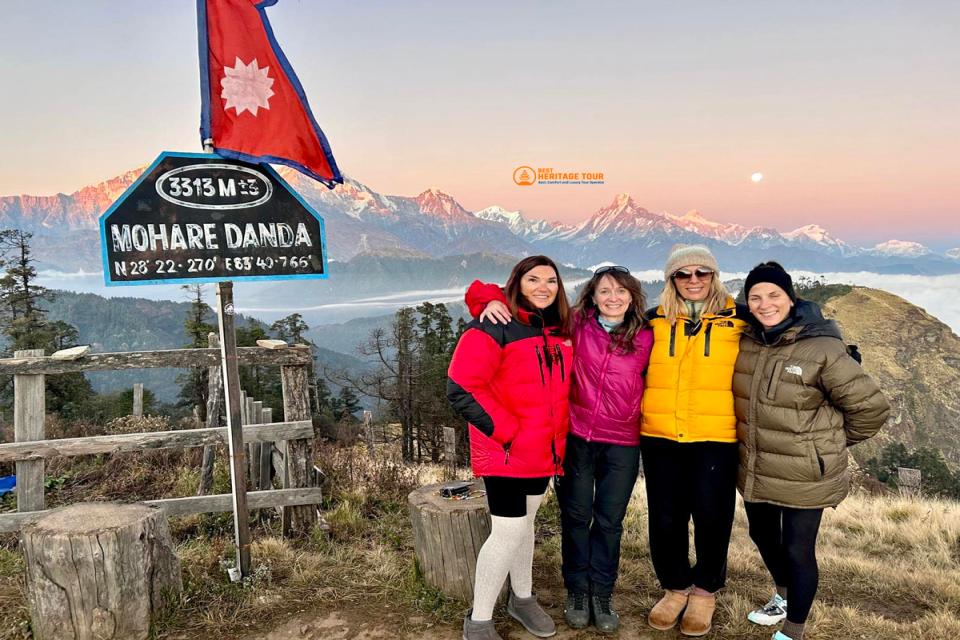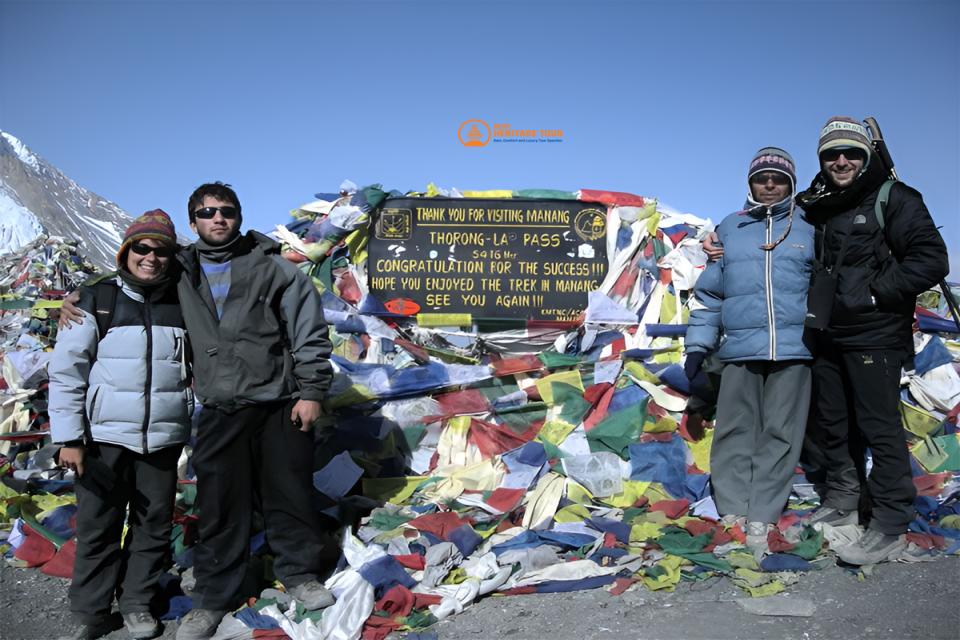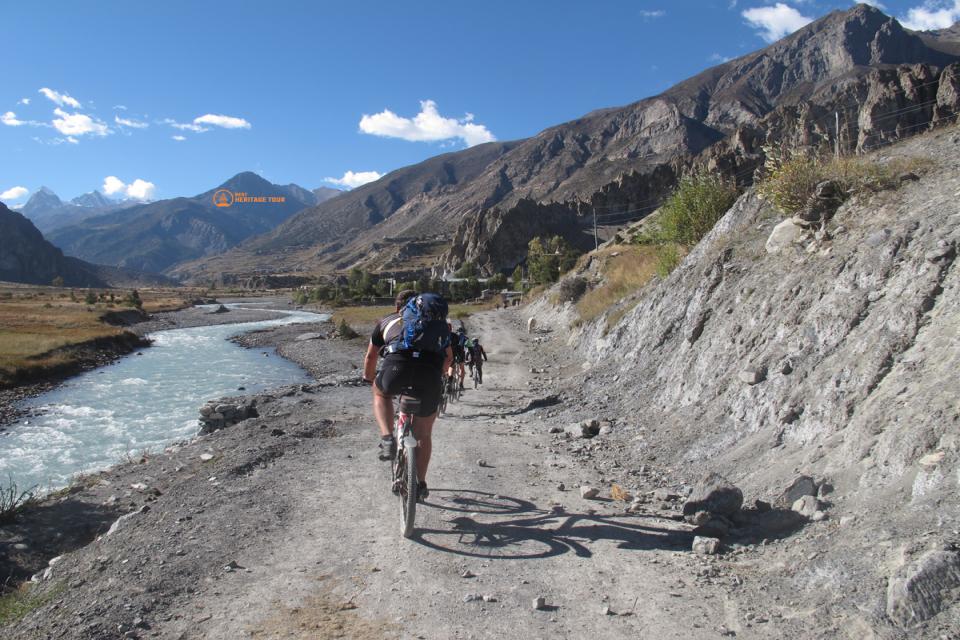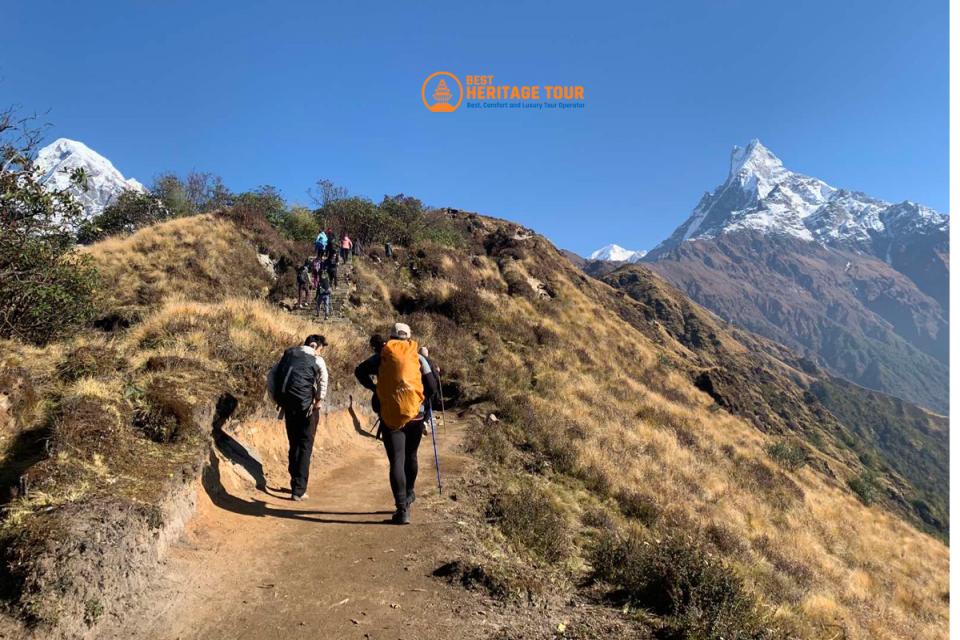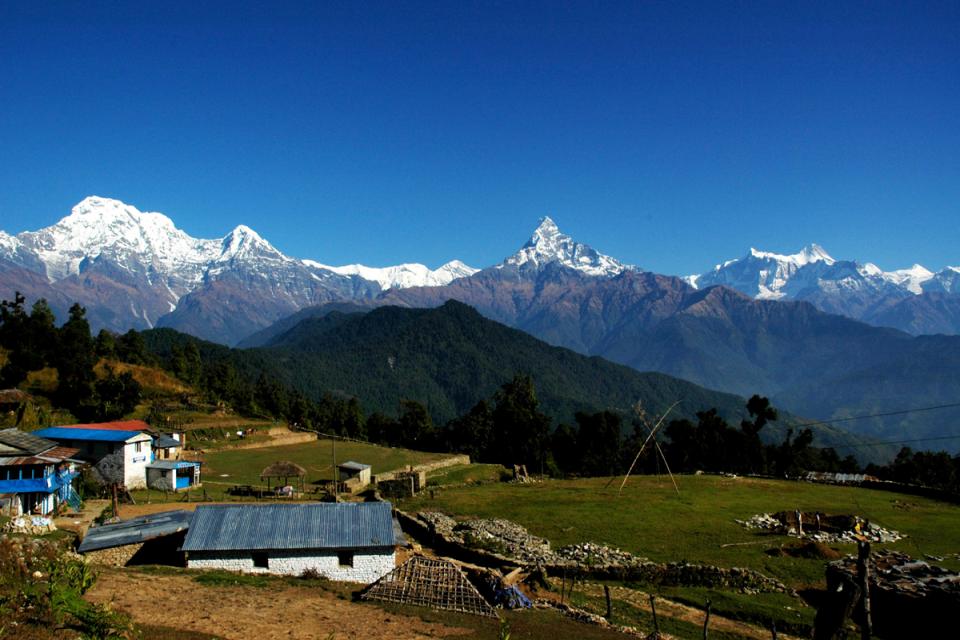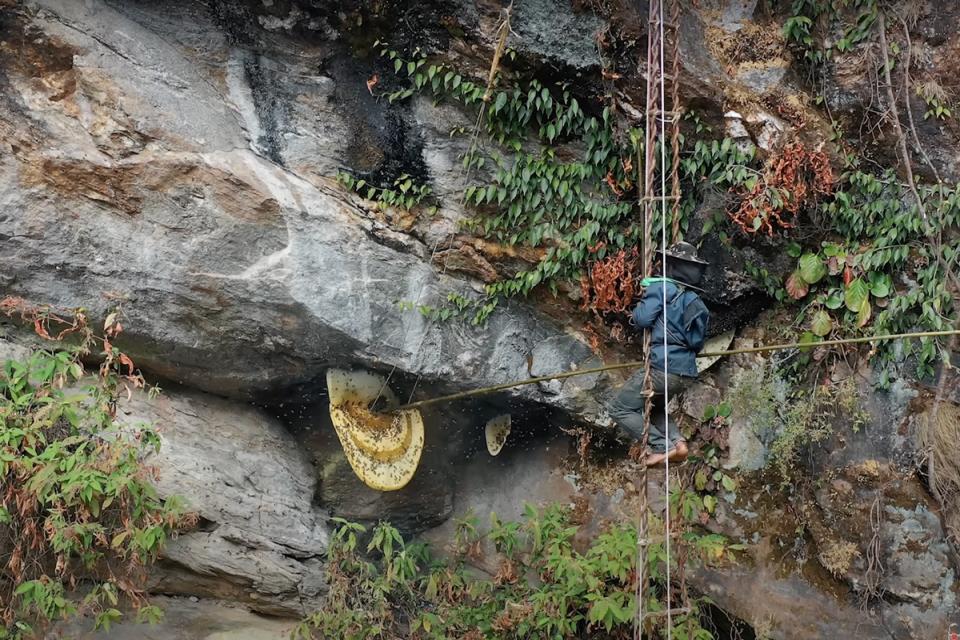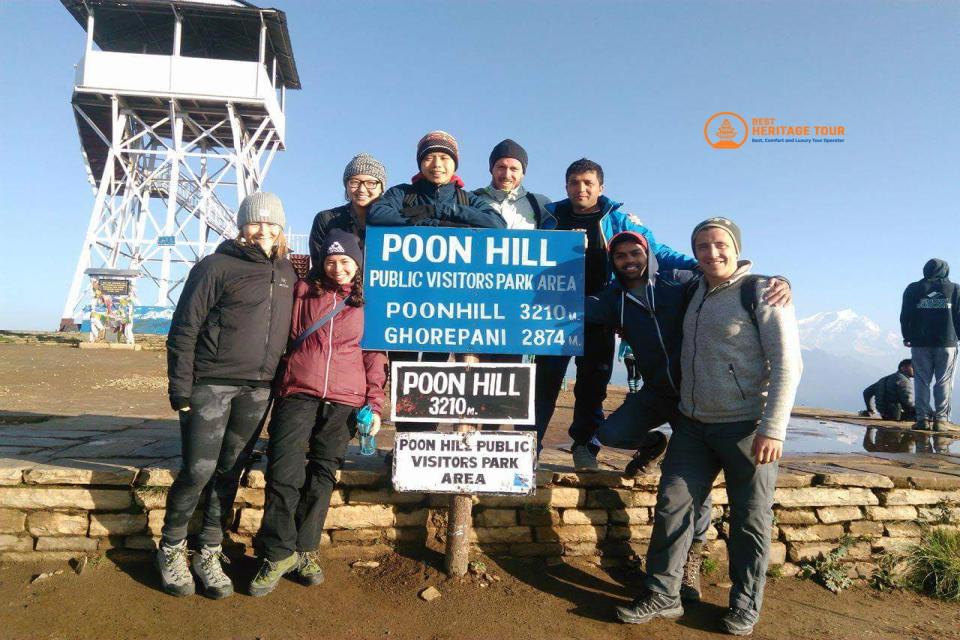When it comes to trekking in Nepal, two regions stand out as the crown jewels: the Everest Region and the Annapurna Region. Both offer stunning landscapes, fascinating cultural experiences, and some of the most famous trekking routes in the world. But with limited time, energy, and resources, how do you choose between these two trekking paradises?
In this blog, we’ll break down the key differences between the Everest and Annapurna regions to help you decide which is the best fit for your next adventure in Nepal.
1. Scenic Beauty: The Majestic Peaks of Nepal
-
Everest Region:
The Everest region, home to the world’s highest peak, Mount Everest (8,848 meters), is known for its awe-inspiring landscapes, glacial rivers, and pristine beauty. Trekking here offers dramatic views of towering peaks such as Lhotse, Makalu, Nuptse, and Cho Oyu. The high-altitude terrain includes rugged ridges, rocky moraine, and vast glaciers, making it a dream destination for those seeking a true Himalayan adventure.
-
Annapurna Region:
The Annapurna region offers some of the most diverse and stunning landscapes in Nepal. From subtropical forests and terraced fields to alpine meadows and snow-capped mountains, the Annapurna region is known for its variety. You can enjoy sweeping views of Annapurna I, Machapuchare (Fishtail Peak), Dhaulagiri, and Gangapurna, among others. The landscape changes rapidly as you trek, from lush greenery to the high mountain deserts around Thorung La Pass on the Annapurna Circuit.
Winner: If you’re looking for classic high-altitude, rugged Himalayan beauty, the Everest region may be more suited to you. But if you prefer a blend of diverse landscapes, from tropical to alpine, the Annapurna region offers a little bit of everything.
2. Trekking Routes & Difficulty
-
Everest Region:
The Everest region is home to iconic treks such as the Everest Base Camp (EBC) trek, the Gokyo Lakes trek, and the Three Passes trek. These routes are challenging, with some treks requiring significant altitude acclimatization. The EBC trek is particularly popular, providing trekkers with the chance to stand at the base of the world’s highest peak, but it involves long days of trekking at high altitudes.
While not technically difficult, altitude plays a huge role in the difficulty of trekking in this region. Some routes, like the Three Passes trek, require crossing high-altitude passes, making them more challenging. Expect long, strenuous days, especially on the Everest region treks.
-
Annapurna Region:
The Annapurna region offers a variety of trekking routes suitable for different experience levels. The most popular trek, the Annapurna Circuit, is known for its incredible diversity in landscapes, from subtropical forests to high-altitude deserts. It's a challenging trek, especially the Thorung La Pass (5,416 meters), but it’s manageable for most trekkers with good preparation. The Annapurna Base Camp (ABC) trek is shorter and less difficult, offering breathtaking views of the Annapurna massif.
For those looking for an easier trek, the Ghorepani Poon Hill trek is a great option, offering spectacular mountain views with relatively gentle hikes. The Annapurna region also offers treks at lower altitudes, making it a great choice for trekkers concerned about altitude sickness.
Winner: If you’re seeking a more challenging trek and want to be close to the legendary Mount Everest, the Everest region is your best bet. But if you’re looking for a variety of trek options with manageable difficulty levels, the Annapurna region is a great choice.
3. Altitude & Acclimatization
-
Everest Region:
The Everest region is known for its extreme altitudes. Most treks in this area, like the EBC trek, involve trekking above 3,500 meters, and the highest point on this trek is Kala Patthar (5,545 meters). For trekkers attempting the Three Passes trek, altitudes exceed 5,000 meters, which increases the risk of altitude sickness. Proper acclimatization and slow, gradual ascent are essential for safe trekking in this region.
-
Annapurna Region:
The Annapurna region also has high-altitude treks, but it generally doesn’t reach the extreme heights of the Everest region. The Annapurna Base Camp trek reaches a maximum altitude of 4,130 meters, and the Annapurna Circuit peaks at Thorung La Pass (5,416 meters). While altitude sickness can still be a concern, the region offers better acclimatization opportunities due to the more gradual ascents.
Winner: If altitude acclimatization is a key concern for you, the Annapurna region might be the better option due to its lower maximum altitudes and gradual ascent.
4. Cultural Experience: Sherpa vs Gurung & Magar Culture
-
Everest Region:
The Everest region is deeply intertwined with the culture of the Sherpas, an ethnic group renowned for their mountaineering skills. Along the trekking routes, you’ll encounter Buddhist monasteries, prayer flags, and chortens that give insight into the Sherpa way of life. The Sherpas are known for their hospitality, and trekking in this region allows you to experience their unique culture, language, and traditions. The trek to Everest Base Camp also takes you through the famous Namche Bazaar, a bustling Sherpa hub.
-
Annapurna Region:
The Annapurna region is home to the Gurung and Magar communities, who are also known for their hospitality and vibrant culture. The region is rich in both Hindu and Buddhist traditions. Villages like Ghorepani and Ghandruk offer glimpses into the traditional lifestyle of these mountain communities. You’ll also find Buddhist stupas and monasteries, particularly on the Annapurna Circuit.
Winner: Both regions offer rich cultural experiences, but if you’re particularly interested in Sherpa culture, the Everest region stands out. However, the Annapurna region provides a unique blend of Hindu and Buddhist cultural influences, making it a fascinating destination in its own right.
5. Accessibility & Infrastructure
-
Everest Region:
Reaching the Everest region is a bit more time-consuming and requires a flight from Kathmandu to Lukla, which is known for having one of the world’s most dangerous airports. From there, trekkers embark on their journey to Everest Base Camp or other destinations in the region. The infrastructure in the Everest region is generally more basic, with teahouses offering modest accommodations. However, the trail is well-marked, and the region is well-established for trekking.
-
Annapurna Region:
The Annapurna region is more accessible, with several entry points, including Pokhara, which is just a 6-7 hour drive from Kathmandu. The infrastructure is more developed in the Annapurna region, with a wide range of teahouses, lodges, and guesthouses along the trails. Additionally, the roads to trailheads like Besisahar (Annapurna Circuit) or Ghorepani are in better condition, making it easier to get started.
Winner: The Annapurna region is easier to access and has more developed infrastructure, making it a more comfortable option for trekkers.
Conclusion: Which Region is Right for You?
Both the Everest and Annapurna regions offer extraordinary trekking experiences, each with its own set of advantages. Here’s a quick summary to help you choose:
-
Choose the Everest Region if you’re seeking high-altitude adventure, breathtaking views of Mount Everest, and the chance to experience the unique culture of the Sherpas.
-
Choose the Annapurna Region if you prefer a more accessible trek with a variety of landscapes, diverse cultural experiences, and options for different levels of difficulty.
No matter which region you choose, trekking in Nepal will undoubtedly leave you with unforgettable memories. Both regions are some of the world’s most sought-after trekking destinations, and either choice will offer an incredible adventure in the heart of the Himalayas!
For a seamless and well-organized trekking experience in either the Everest or Annapurna regions, Best Heritage Tour can help you plan and arrange the perfect trek. Our expert team ensures that your trek is safe, comfortable, and memorable, whether you're looking for a challenging adventure or a leisurely hike through stunning landscapes.
Contact Best Heritage Tour Company
Visit Best Heritage Tour Pvt.Ltd. official website to gather information about BHT services.
Look for contact details:
Phone number/Viber /What’s App: +9779851149197 / +9779810043046
Email: bestheritagetour@gmail.com/ info@bestheritagetour.com to get in touch with them directly.
Author: Best Heritage Tour
Date: 2nd April, 2025

